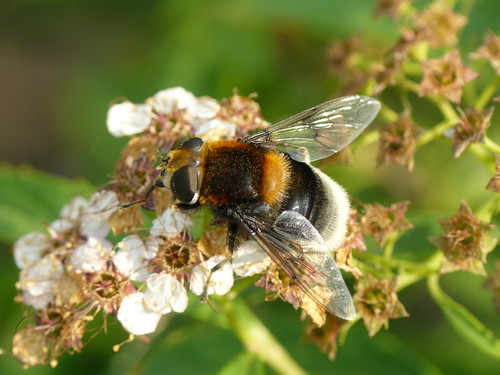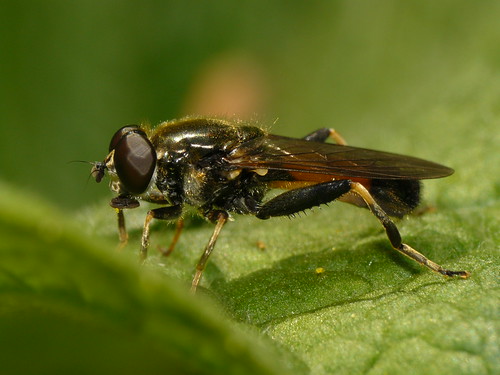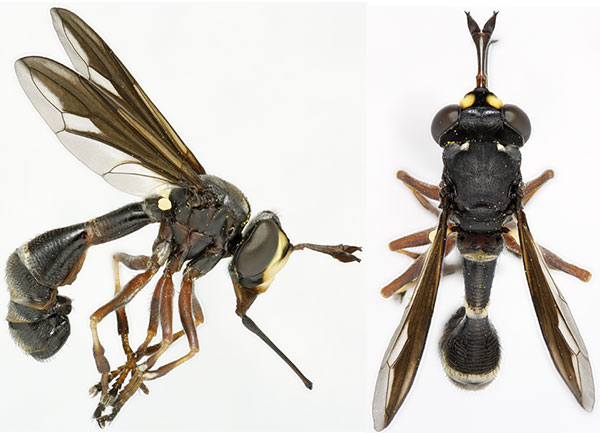Posted by Tony Irwin on 02-10-2007 20:25
#4
Tony T wrote:
I think we can put this in the same league as the "Alligator Bug" (Homoptera: Fulgora laternaria), the head of which does look like an alligator and would be great mimicry apart from the discrepancy of habitat and size between the model and mimic .
.
I think we can put this in the same league as the "Alligator Bug" (Homoptera: Fulgora laternaria), the head of which does look like an alligator and would be great mimicry apart from the discrepancy of habitat and size between the model and mimic
 .
.Perhaps we should look at this again - particularly at the newly-posted gallery image of Rhagoletis completa (see http://www.dipter...to_id=2344).
While I was scanning recent posts, I saw the thumbnail image of this picture out of the corner of my eye, and wondered why someone had posted an image of a scorpion (rather than a crayfish)- perhaps a potential predator might make the same mistake, and leave it alone?

Edited by Tony Irwin on 02-10-2007 20:28

 )it looks like a spider backwards.. The bold bands on the wings as the spider forelegs and the fly's head as the spider's abdomen....
)it looks like a spider backwards.. The bold bands on the wings as the spider forelegs and the fly's head as the spider's abdomen....

